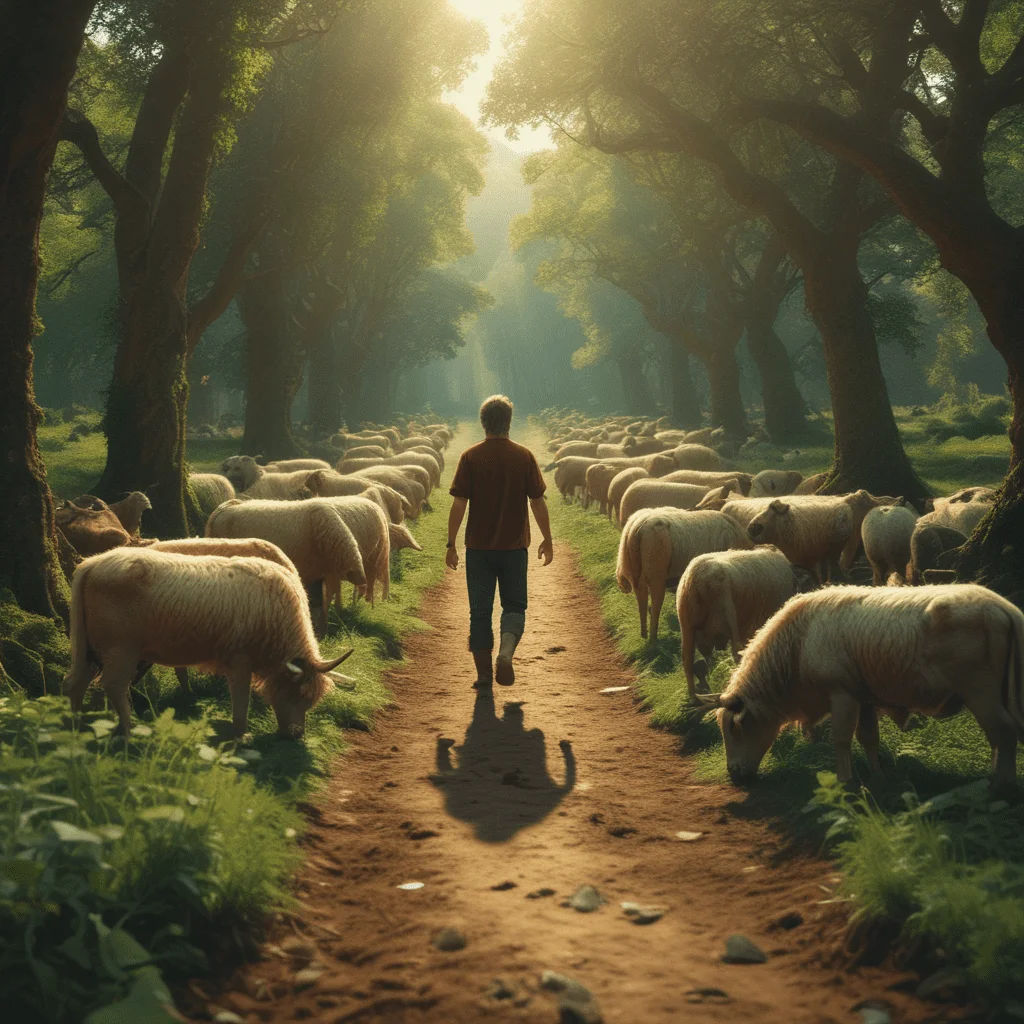The Connection Between Celtic Mythology and Agriculture
Celtic mythology holds a deep and intricate connection with the world of agriculture, shaping the beliefs, rituals, and practices of the Celtic people for generations. Through stories and legends, the ancient Celts wove intricate ties between the natural world and their agricultural practices, instilling a reverence for the land and its bounties.
Understanding the Importance of Agriculture in Celtic Mythology
Agriculture was foundational to Celtic society, serving not only as a source of sustenance but also as a focal point of spiritual and cultural significance. The Celts believed in the divine qualities of nature and its impact on their livelihoods. As such, their mythology often features deities and spirits attributed to fertility, harvest, and seasonal cycles.
Celtic Deities of Agriculture
In Celtic mythology, several deities were intertwined with agricultural activities. The goddess Brigid, associated with fire, healing, and poetry, was also revered for her role in agriculture and fertility. Cernunnos, the horned god symbolizing the wilderness and fertility, was another important figure in Celtic agricultural beliefs. The portrayal of these deities reflected the Celts’ acknowledgment of nature’s power and their reliance on it for sustenance.
Rituals and Traditions
Celtic agricultural rituals were performed throughout the year to ensure successful harvests and prosperity. Practices like Lammas, Beltane, and Samhain were deeply rooted in agricultural cycles, marking key moments in planting, growth, and harvesting. Offerings were made to deities, and ceremonies were held to honor the land and seek blessings for abundance and fertility.
By understanding the profound connection between Celtic mythology and agriculture, we gain insight into the rich tapestry of beliefs and practices that sustained ancient Celtic communities. The reverence for the land, the acknowledgment of seasonal rhythms, and the integration of spiritual elements into everyday life showcase the holistic worldview of the Celts and their respect for the interconnectedness of all aspects of existence.
FAQ About The Connection Between Celtic Mythology and Agriculture
What role does agriculture play in Celtic mythology?
Agriculture holds significant importance in Celtic mythology as it is intertwined with the cycles of nature, fertility, and the sustenance of the Celtic people.
How do Celtic myths and legends explain the changing seasons?
Celtic myths often depict gods and goddesses associated with agriculture, such as Lugh, who represents the harvest season, and Brigid, linked to spring and fertility, reflecting the seasonal changes crucial for farming.
Are there specific rituals or celebrations in Celtic mythology related to agriculture?
Yes, Celtic festivals like Beltane and Lughnasadh are rooted in agricultural practices, marking key moments in the farming calendar such as sowing seeds, harvesting crops, and giving thanks for the bounty of the land.
Do Celtic stories contain symbolism related to farming and nature?
Indeed, elements like the sacredness of specific plants, animals, and natural phenomena in Celtic mythology serve as symbols of fertility, growth, and the interconnectedness between humans and the land they cultivate.




